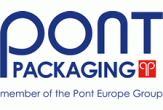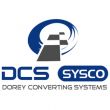
Tera-Barrier Films Pte. Ltd.
TBF’s core technology is its patented barrier material and barrier stack technology as this governs the life and reliability of electronic devices deposited on flexible substrates.
The performance of devices like organic light emitting diodes (OLEDs) and solar cells is sensitive to moisture because water and oxygen molecules seep past the protective plastic layer over time and degrade the organic materials that form the core of these products. Current commercially available films used to protect these materials have a barrier property or water vapor transmission rate of about 10‐3g/m2 per day, or one thousandth of a gram per square meter per day at 25°C and 90% relative humidity (RH). However, the ideal film for organic devices would require a barrier property of better than 10‐6g/m2/day at 39°C and 90% RH, or one millionth of a gram per square meter per day.
Defects such as pinholes, cracks and grain boundaries are common in thin oxide barrier films when fabricated onto plastic substrates. These defects cause a ‘pore effect’, where oxygen and water molecules are able to seep through and penetrate the plastic barrier. Current barrier technologies focus on reducing these defects by using alternate organic and inorganic multi‐layers coated on plastic. These multiple layers “stagger” corresponding pores in adjacent layers and create a ‘tortuous’, lengthy pathway for water and oxygen molecules, making it more difficult to travel through the plastic.
































